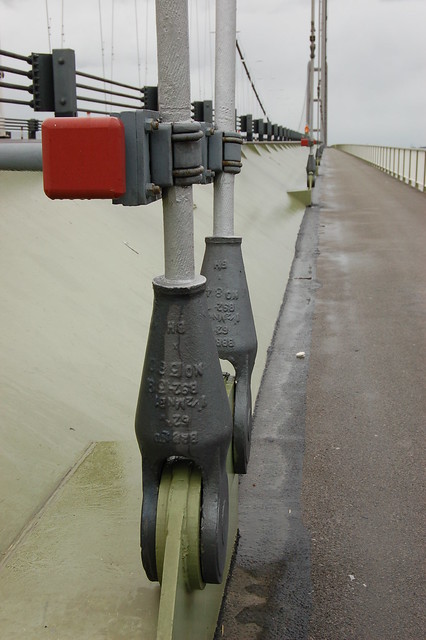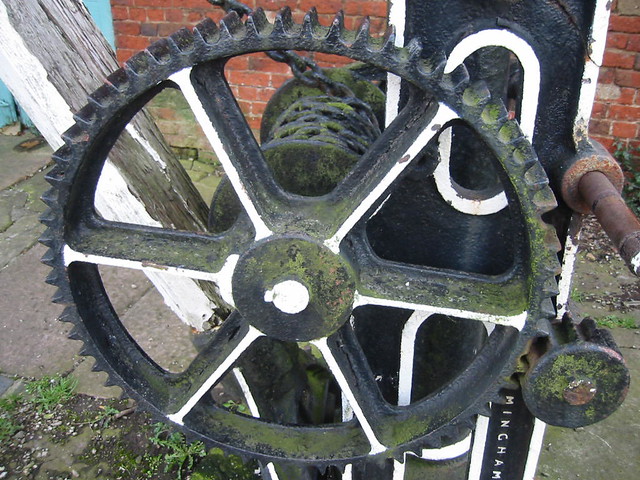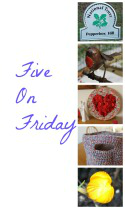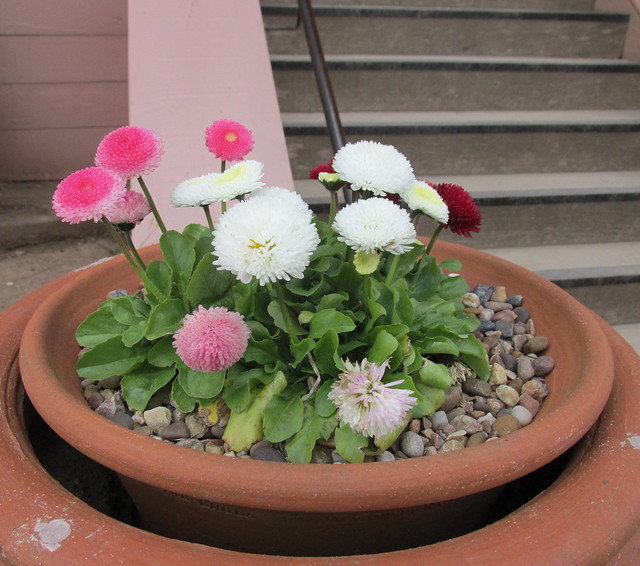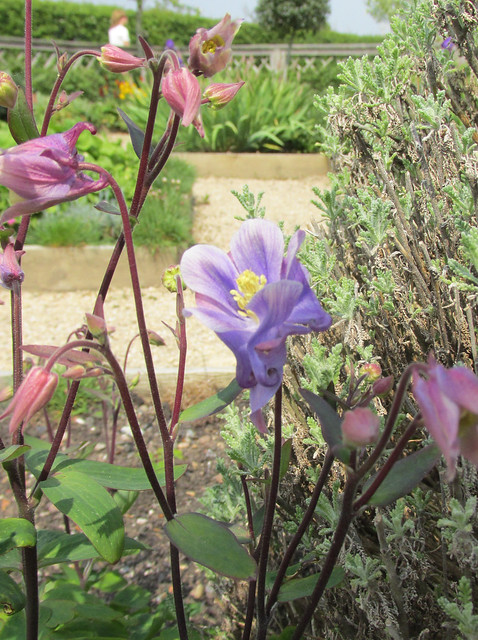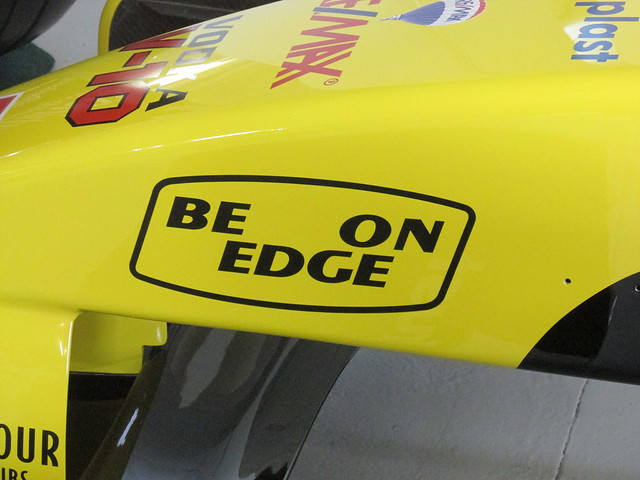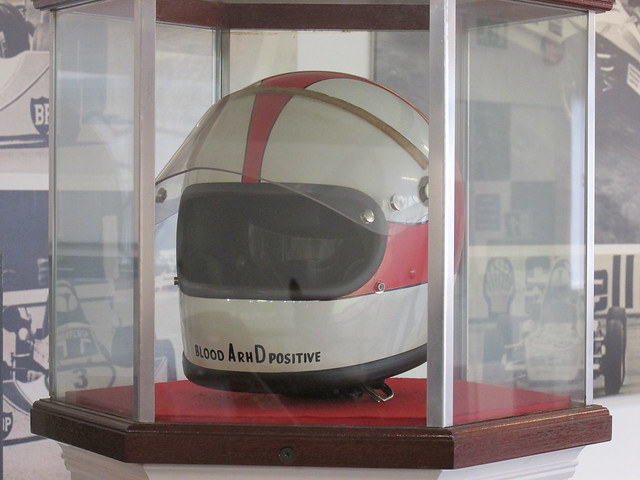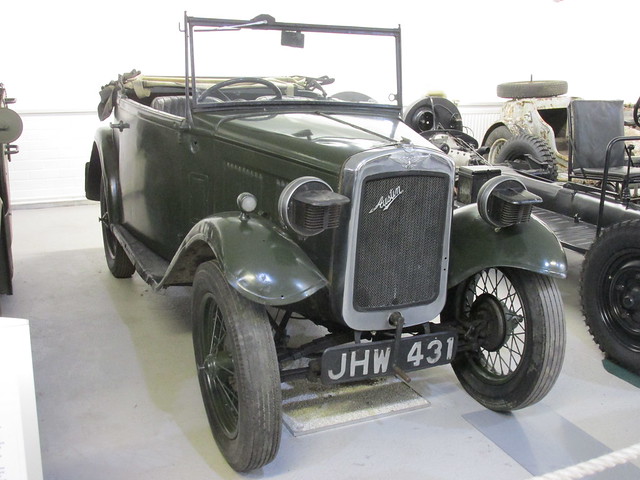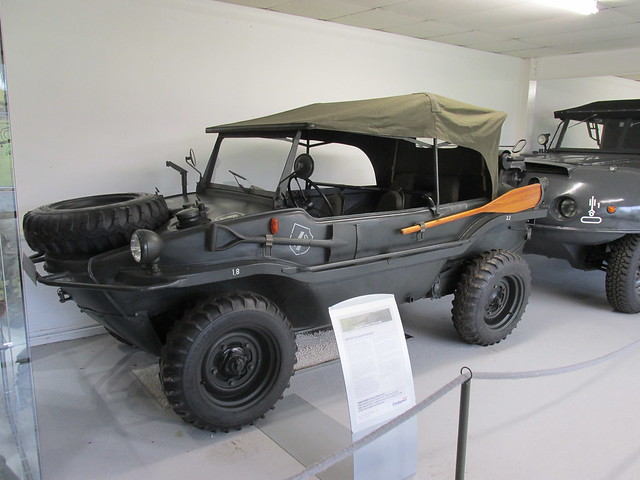It's Friday again and I'm joining in with Amy at Love Made My Home for Five on Friday. My topic for this week is Bridges. I've chosen five that I like for various reasons, whether it's history, engineering excellence, or personal experience.
Norwich Bishop Bridge. A medieval packhorse bridge. Packhorse bridges were narrow, because technology of the time didn't allow for anything too wide, but it had wider 'passing places' to give horses and their heavy panniers room to cross. This one dates from about 1340 and was originally maintained by the city's bishops, hence the name.
Ironbridge
This one's so important it even gave its name to the village! It's the world's first cast iron arch bridge; built in 1781 by Abraham Darby III, grandson of the Abraham Darby who first smelted iron ore with coke in nearby Coalbrookdale. If you look carefully you can see that the design is very carefully constructed from lots of small pieces that bolt together to make the arch - like a giant Meccano set. Until the 1930s it still carried vehicular traffic, but safety concerns led to its closure. In fact it was threatened with demolition in 1956, in spite of already being designated a Scheduled Ancient Monument. Fortunately a programme of repairs in the 1970s rescued it for posterity.
Whitby swing bridge
Whitby bridge crosses the River Esk in the centre of town. There has been some sort of river crossing near the spot since the 14th century, but the existing bridge opened in 1909. There's also a high level bridge that has bypassed town since 1980. The pictured bridge replaced an earlier one that had too little clearance to allow increasingly large boats to pass below it. Engineers got round the problem by making the new bridge swing sideways when craft need to head in and out of the harbour. Gates at each end prevent pedestrians and cars from crossing while the bridge is open. The guy at the front of the photo is one of the operators. Control equipment is in the green cabinet he's standing next to.
Whitby bridge crosses the River Esk in the centre of town. There has been some sort of river crossing near the spot since the 14th century, but the existing bridge opened in 1909. There's also a high level bridge that has bypassed town since 1980. The pictured bridge replaced an earlier one that had too little clearance to allow increasingly large boats to pass below it. Engineers got round the problem by making the new bridge swing sideways when craft need to head in and out of the harbour. Gates at each end prevent pedestrians and cars from crossing while the bridge is open. The guy at the front of the photo is one of the operators. Control equipment is in the green cabinet he's standing next to.
Humber Bridge
By the time you read this I shall be on the way to Hull (or even there already) to celebrate Mr Anorak's birthday. It's where he's from and we go back once in a while. The city's real name is, of course, Kingston Upon Hull, the Hull being a tributary of the River Humber. Construction on the bridge began in 1973 but it was not until 1981 that the first traffic crossed it. At the time it was the longest of its kind in the world. These days it ranks only seventh. It's a suspension bridge and the weight of the roadway is carried on huge cables threaded over the massive towers at each end of its 2,220 m span. They are secured by means of these eyelets.
Interesting tale goes with this photo. I'm scared of heights but Mr Anorak insisted that I walk along the footway to the other end of the bridge (and back!) as part of his plan to get me over it. It's a long way, and very high up, (155m/ 510 ft) but I did it. Didn't cure me though. It's the footway you can see in this pic, stretching all the way across to the south bank and Lincolnshire. The traffic is on the roadway to the left.
By the time you read this I shall be on the way to Hull (or even there already) to celebrate Mr Anorak's birthday. It's where he's from and we go back once in a while. The city's real name is, of course, Kingston Upon Hull, the Hull being a tributary of the River Humber. Construction on the bridge began in 1973 but it was not until 1981 that the first traffic crossed it. At the time it was the longest of its kind in the world. These days it ranks only seventh. It's a suspension bridge and the weight of the roadway is carried on huge cables threaded over the massive towers at each end of its 2,220 m span. They are secured by means of these eyelets.
Interesting tale goes with this photo. I'm scared of heights but Mr Anorak insisted that I walk along the footway to the other end of the bridge (and back!) as part of his plan to get me over it. It's a long way, and very high up, (155m/ 510 ft) but I did it. Didn't cure me though. It's the footway you can see in this pic, stretching all the way across to the south bank and Lincolnshire. The traffic is on the roadway to the left.
Millennium Bridge
This is my 'arty shot' of the Gateshead Millennium Bridge, which I was proud of when I took it, but isn't much use to explain what it does. In our house it's known as the 'eyelid bridge' because it blinks. If you want to see what I mean see the YouTube film below. Or better still, book a trip to Newcastle/Gateshead and go see it for real!
Now head over to visit Amy at Love Made my Home to see other people's fives.



